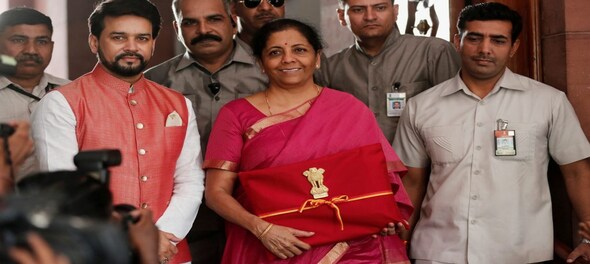
The budget of 2019 presented by the new finance minister Nirmala Sitharaman was amidst expectation of setting the tone of new policies, given the resounding mandate with which the new government has been formed.
Given the limited time the new FM had to get this budget on the road, it still was going to be a harbinger of the new policies to be implemented in the near future. The indirect tax side was limited in its scope given that the major decisions on the GST issues are taken in the GST Council and the government can only use the budget platform to give its vision of the things to come on the GST roadmap. However, one of the driving policies of this budget, as in the past, was ‘Make in India’.
Customs
Customs is being increasingly used as a tool to safeguard the Indian Industry and promote the manufacture of goods in India. While this may not be the best mechanism to incentivize manufacture, given the fully creditable GST, this has become the tool of choice. Accordingly, rates of many items have been rationalised to discourage imports of product and to incentivize domestic manufacturing. Following are the rationalisations of rates made with the objective of either incentivize domestic player or to boost manufacturing in India:
Overall, customs duty has been rationalized given the domestic industry demand, to protect them from overseas Industry.
An interesting change has been introduced in the Customs law, aimed at giving powers to the Customs officers to investigate and penalize defaulters of SEIS scrips, who have obtained these scrips incorrectly and the person who has obtained these scrips fraudulently will be liable to pay a penalty. The fear remains that the officers will not evoke the provision on technical grounds, given that SEIS scrips are issued by the officers after due application of mind.
GST
To ensure the smooth compliance, better transparency and complete automation, government had decided in GST council meet and accordingly, the concepts of simplified return, electronic invoicing, single ledger for all tax heads and automated GST refunds, was introduced in the budget speech. To make these concepts legally viable, amendments have been proposed in the finance bills in the relevant provisions of the Act.
Service Tax and Central Excise
A dispute resolution cum amnesty scheme called the Sabka Vishwas Legacy Dispute Resolution Scheme is introduced to end up the piled-up cases with the government with respect to erstwhile laws in indirect tax. Given that large number of cases continue to be pending with the department in Service tax and Excise, and given that both the officers and trade are now involved in GST compliances, the dispute resolution mechanism will clear the pendencies and improve efficiencies all around. This will also boost government’s revenue given that credit cannot be used in paying these taxes, nor can credit be taken of the taxes paid.
Basic Excise Duty and Cess on petroleum product has been raised, given that the rate of crude oil in international market has softened.
While the expectations continue to be high, the current budget does not have major changes given the paucity of time since the government took over. Yet the budget incentivized ‘Make in India’, promoted manufacture of E-vehicles, protected industries like optical cables and found ways on increasing the revenue amicably. The wait for the next budget begins!
Bipin Sapra is partner, indirect tax, EY India
First Published: Jul 5, 2019 8:33 PM IST
Check out our in-depth Market Coverage, Business News & get real-time Stock Market Updates on CNBC-TV18. Also, Watch our channels CNBC-TV18, CNBC Awaaz and CNBC Bajar Live on-the-go!


Lok Sabha Election 2024: BJP aims for unprecedented clean sweep in Bihar
May 27, 2024 11:23 PM
Himachal Pradesh Lok Sabha elections: A look at key issues in the state
May 27, 2024 5:02 PM
Jammu and Kashmir witnesses highest poll participation in 35 years
May 27, 2024 3:03 PM

